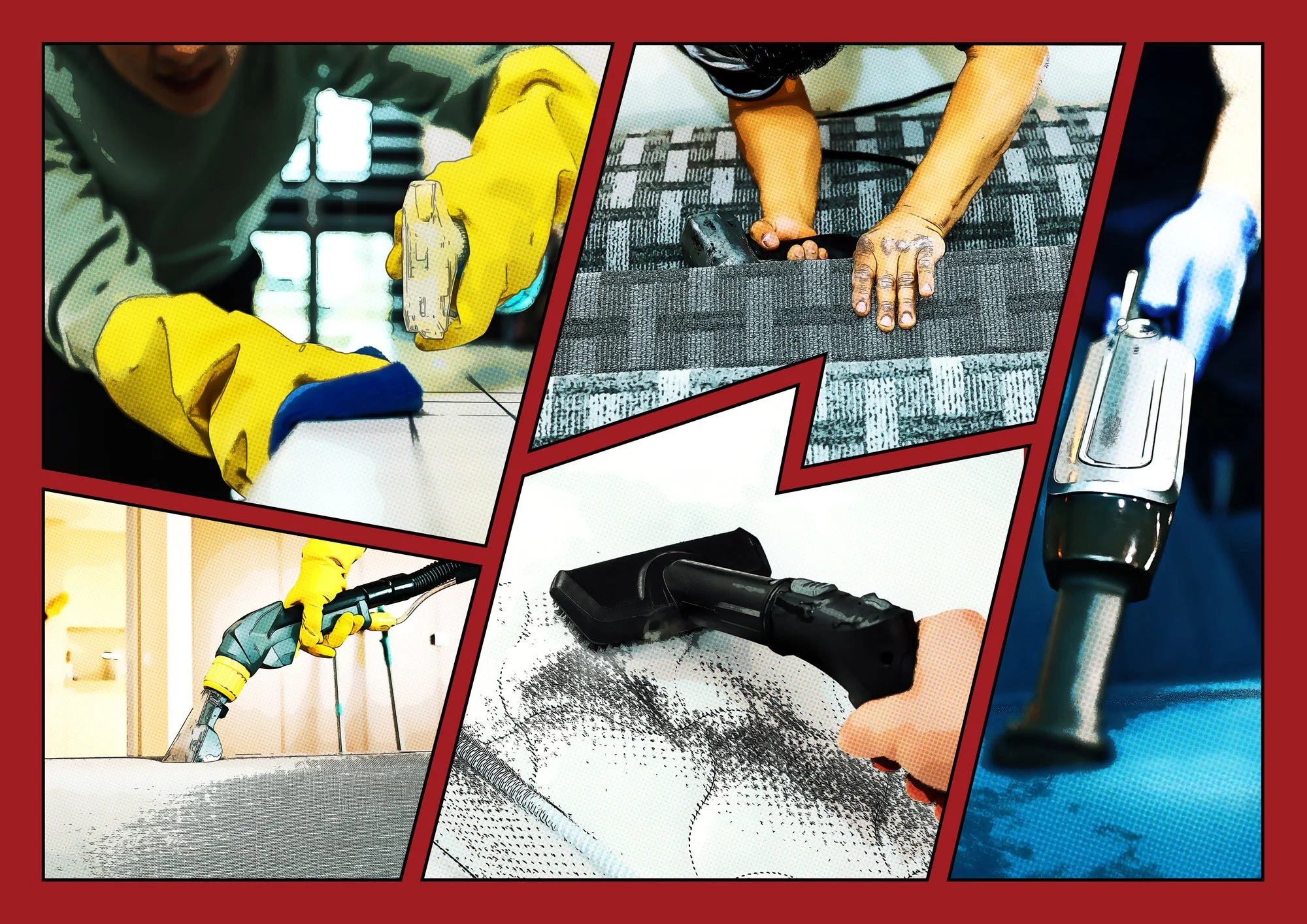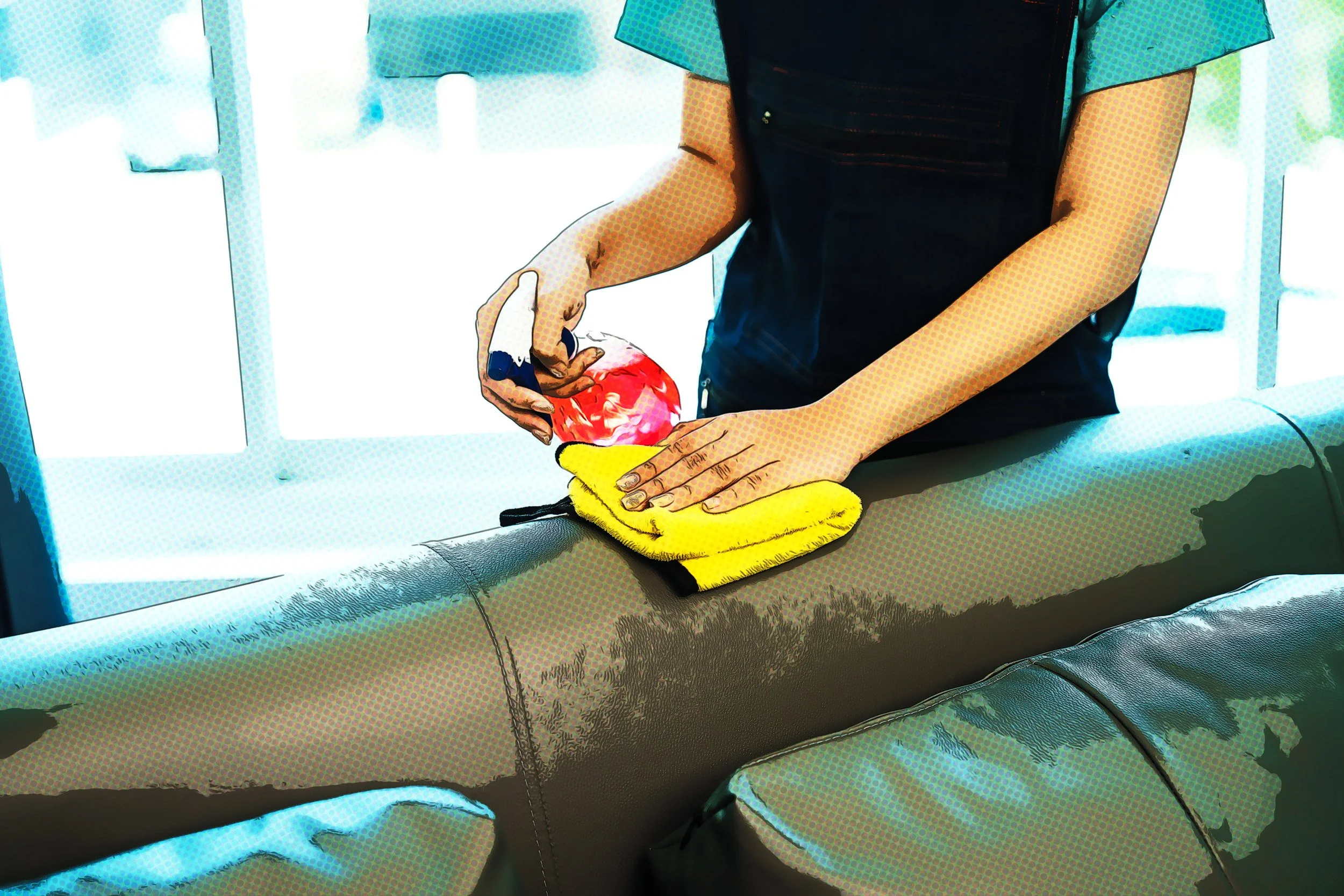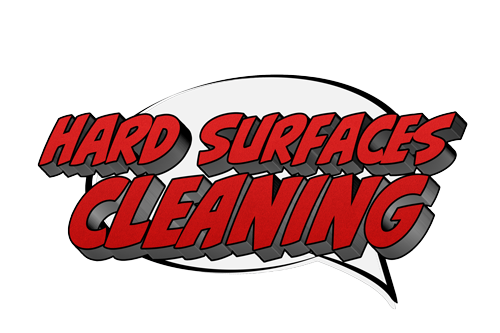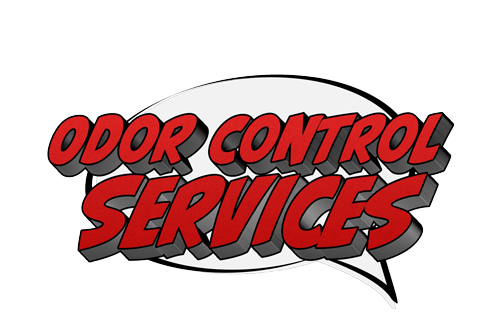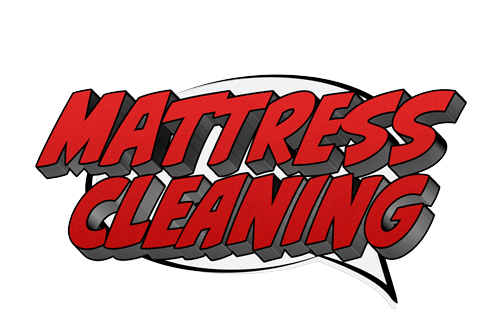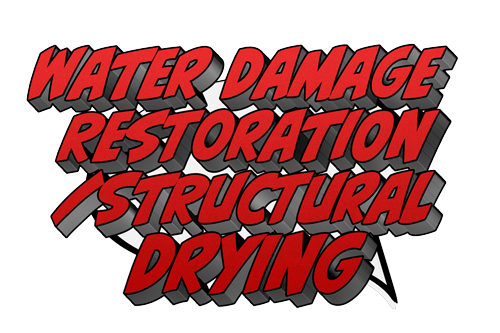Upholstery Cleaning
Your furniture is one of the most used and most noticeable parts of your home. Over time, dirt, dust, body oils, and spills can settle deep into the fibers, dulling the look and shortening the life of your upholstery. At Mighty Mac, we specialize in safe, effective cleaning methods tailored to your fabric type, so your furniture looks fresh, feels comfortable, and lasts longer.
Hot Water Extraction (Steam Cleaning)
Our deep-cleaning process uses high-temperature water and professional-grade extraction equipment to flush out embedded soils and allergens. Ideal for durable fabrics, this method restores vibrancy and freshness while sanitizing your furniture.
Bonnet Cleaning (Dry or Low-Moisture Cleaning)
Perfect for delicate or moisture-sensitive fabrics, bonnet cleaning uses specialized pads and low-moisture solutions to lift dirt and revitalize upholstery quickly. This method provides a fast-drying, effective clean without risking shrinkage or damage.

Upholstery Cleaning Information
-
Mighty Mac is occasionally asked about cleaning blinds and drapes. The answer depends on the fiber type and condition, as these materials vary widely and can react differently to cleaning. Testing is required before cleaning.
Material Considerations
Rayon: Synthetic fiber made from reprocessed cotton; inexpensive silk alternative. Easily damaged and prone to cellulosic browning from light, humidity, or cleaning. Generally not cleanable.
Cotton & Silk: Often cleanable unless sun-damaged. Patterned versions may bleed, limiting options to vacuuming. Cotton may also brown in humid conditions (e.g., near sweating windows).
Wool: Occasionally used for light-blocking drapes; cleanable if bleeding isn’t an issue.
Nylon & Polyester: Durable, easy to clean, though less luxurious in appearance.
Example Case
Nylon blinds heavily coated with tobacco smoke residue were successfully restored by cleaning, even though the homeowner thought the discoloration was permanent sun damage.
Key Takeaway: Drapery and blind cleaning depends heavily on the fabric. While some fibers clean well, others (like rayon) are too delicate. Professional testing is essential to avoid damage.
-
What It Is
Yellowing sometimes appears after cleaning light-colored carpets, rugs, or upholstery. It often reveals pre-existing issues that were hidden by soil or triggered by cleaning. While some causes can be corrected, others may be permanent.
Common Causes
Photo-oxidation: Sunlight and fumes damage white fibers, especially wool, leading to yellowing.
Stain-resistant finishes & early nylon: Older chemistries and silicone-based finishes yellow over time with UV light or high-pH cleaners.
Specialty finishes: Flame-proofing, anti-static treatments, or lubricants may discolor.
Fluorescent brighteners: Found in detergents and spot removers, they can yellow with age and UV exposure.
Anti-oxidants: Chemicals (like BHT, formaldehyde) from carpet backings, cushioning, or foams migrate upward and yellow with oxygen contact.
Dyes: Multi-dye fabrics may fade unevenly, shifting toward yellow.
Cellulosic browning: Cotton (e.g., Haitian cotton) yellows when lignin leaches out due to slow drying or high pH cleaning.
High alkaline browning: Wool and polypropylene carpets can turn tan if left too alkaline or if odor-control powders aren’t fully removed.
Soiling: Everyday dirt and abrasion can produce a yellow hue over time.
Correction & Treatment
Techniques include yellow removal products, specialty bleaches, and pH adjustment of fibers.
Some discoloration can be removed or lightened, but in many cases it may be permanent.
Key Takeaway: Yellowing is not always caused by cleaning itself, but often by pre-existing fiber damage, finishes, or chemicals. Professional treatments can sometimes restore appearance, but prevention (proper cleaning methods and awareness of products used) is critical.
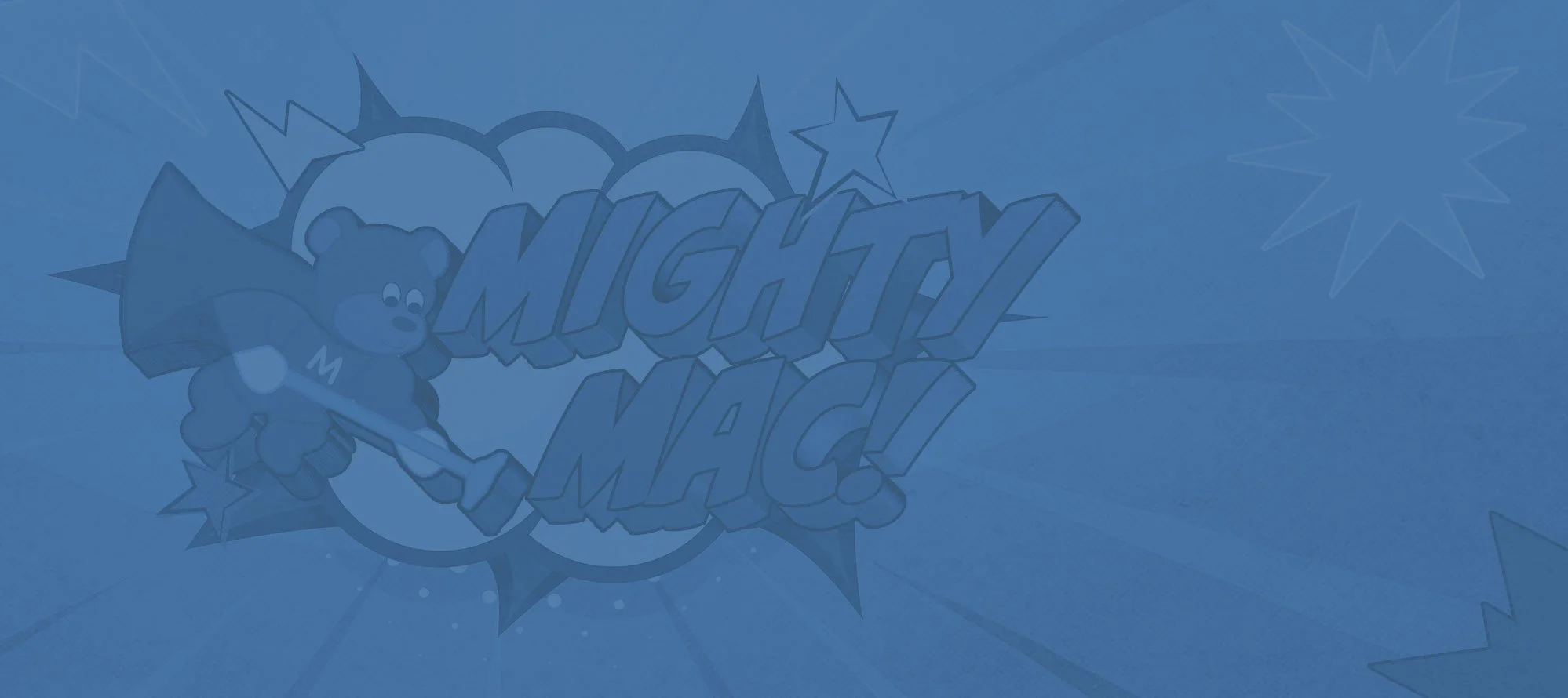
Mighty Mac Services
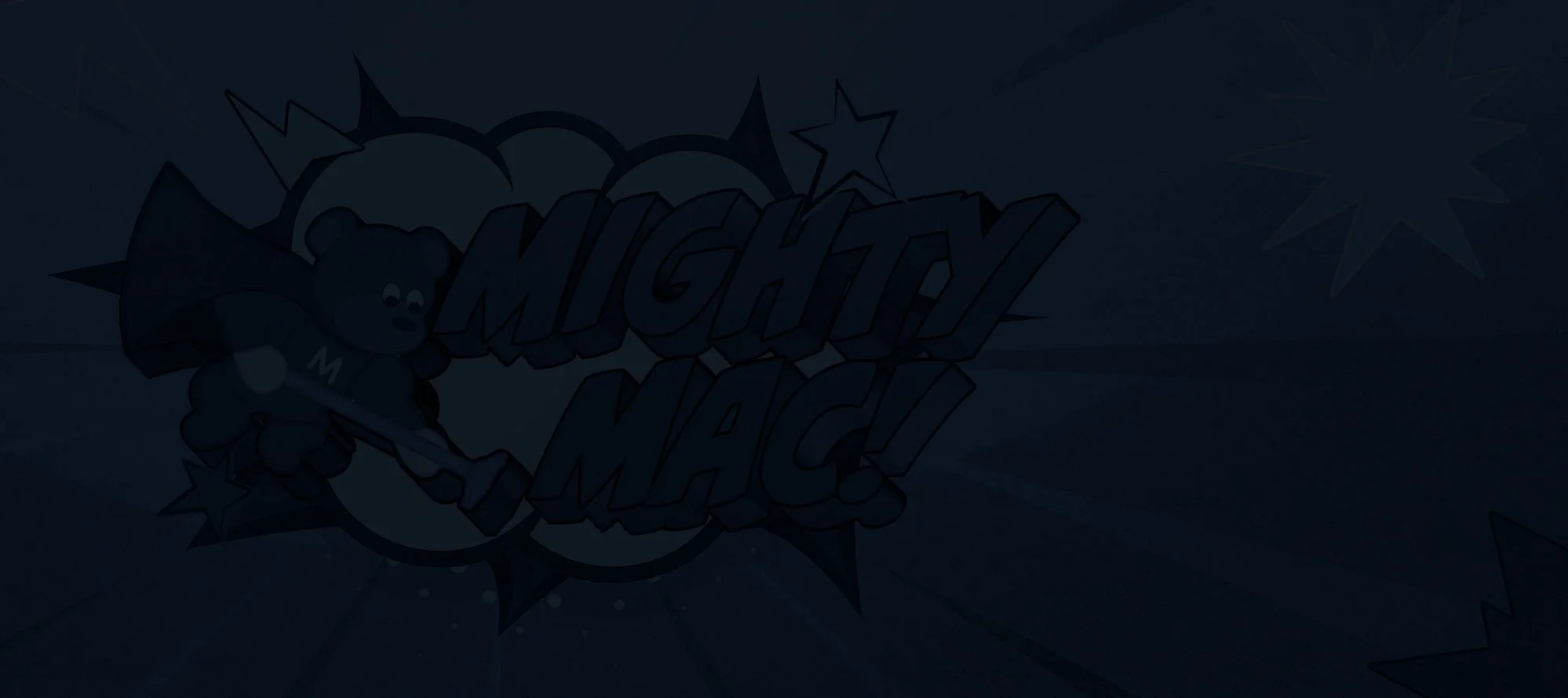
Contact Us
For your next cleaning project, large or small, trust the experts who have been serving Hilton Head and Bluffton since 1988. Contact Mighty Mac Clean today and experience why we’re the Lowcountry’s #1 choice.

